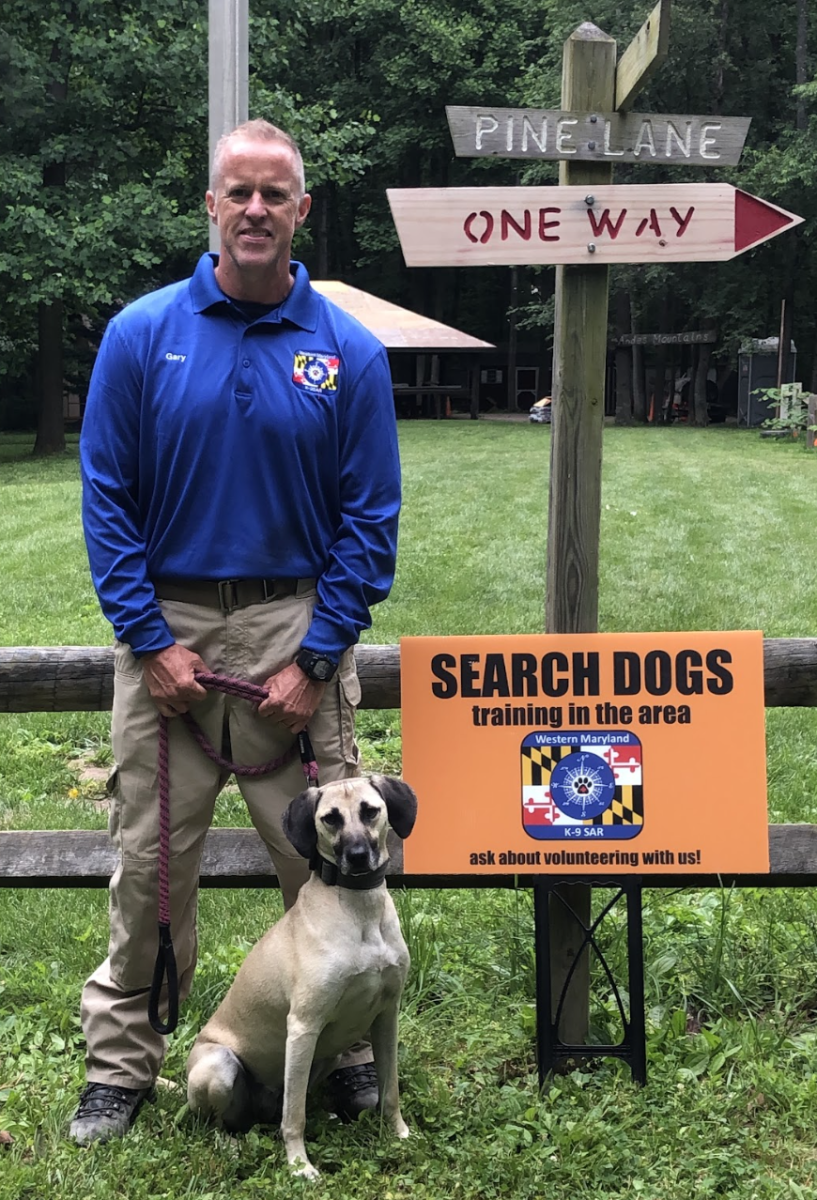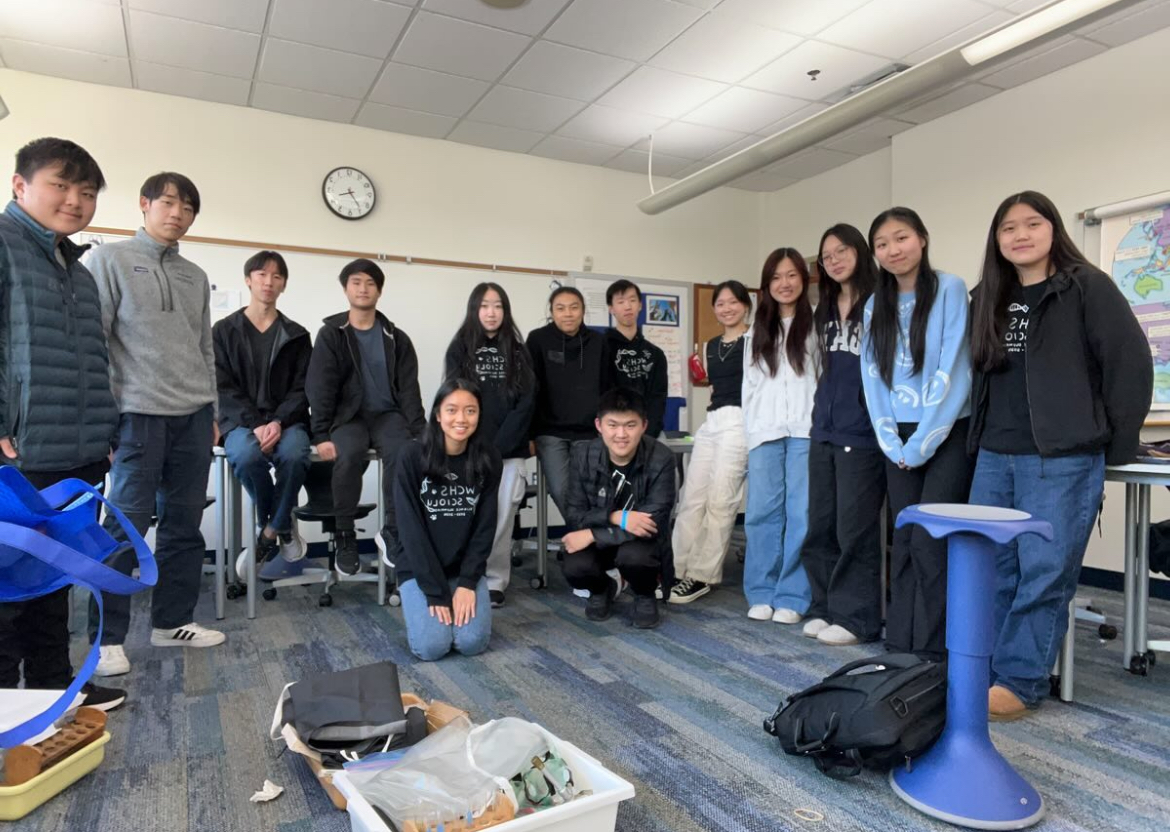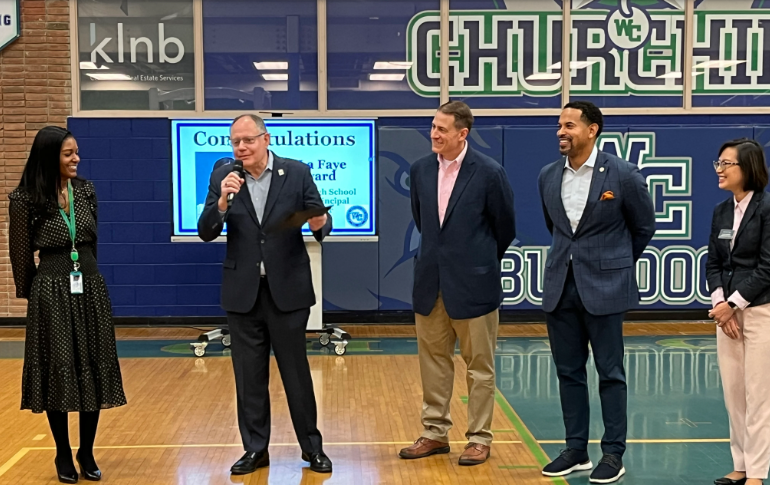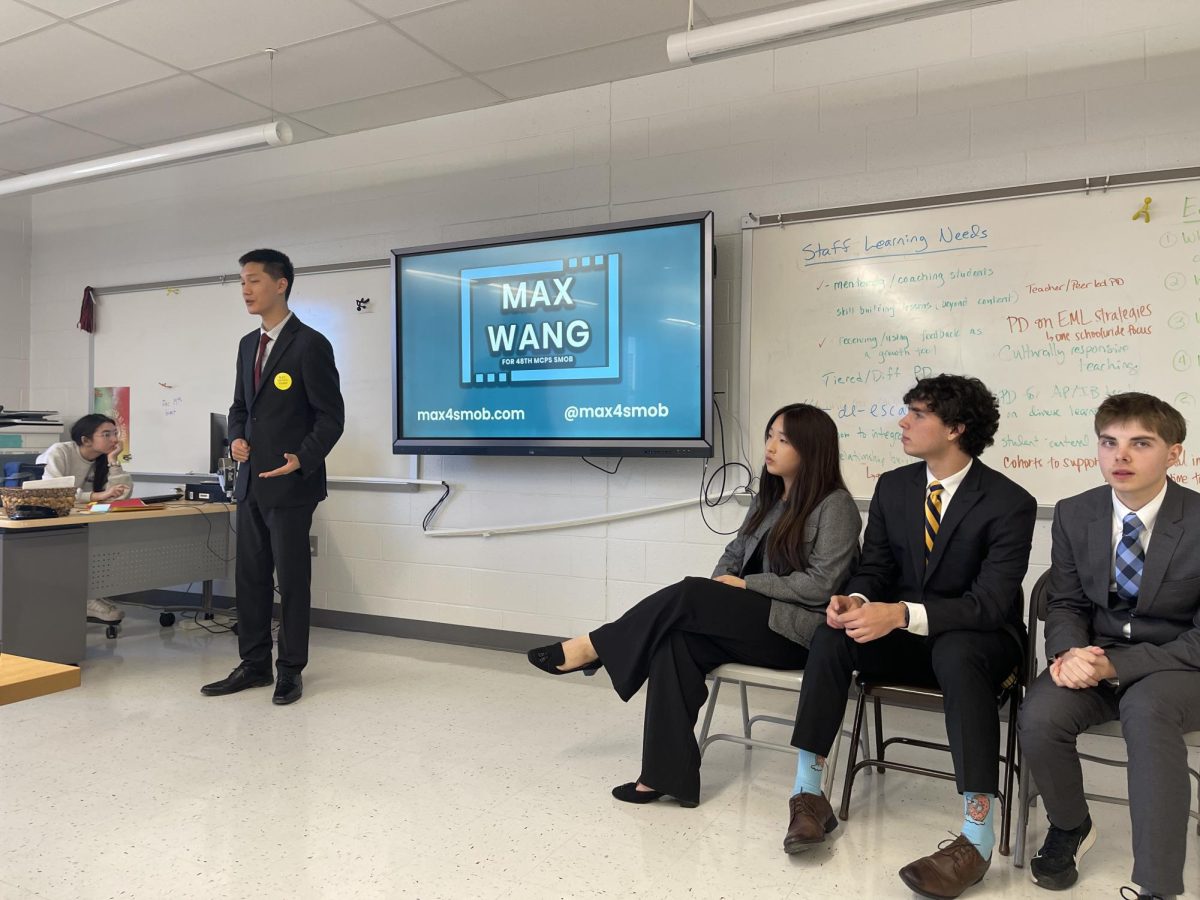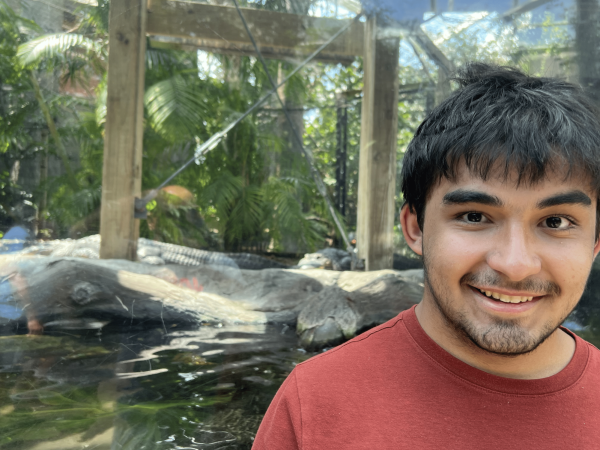When most WCHS students think of volunteering, they might picture tedious and mundane tasks students do to fulfill their graduation requirements. However, for WCHS forensics teacher Gary Rogers, volunteering is a vastly different experience: hours spent in the woods searching for missing persons.
Rogers volunteers with Western Maryland K-9 Search and Rescue, an all volunteer-based non-profit organization that helps with efforts to find individuals who are lost and alive. The group aids with search and rescue (SAR) efforts across three states, and searches can take hours at a time.
“We generally work across areas up to about 120 acres, which can take four to eight hours and longer when we are out at night,” Rogers said. “[We] generally get called out about six to 12 times per year for missing person cases in Maryland, Pennsylvania and West Virginia.”
Covering so much land in such little time takes immense logistical and organizational work. Local volunteer organizations, state governments and command centers all have a role to play in achieving a successful search.
“In Maryland, all search and rescue missions are managed by either Maryland State Police or Maryland Natural resources police, while in Pennsylvania and West Virginia, they are typically managed by local volunteer fire stations or SAR teams,” Rogers said. “They all include a well-organized incident command center and the use of radio and GPS for communication and tracking. [In case of a re-search], incident command and sector teams will take into consideration topographical and environmental conditions as well as patterns of ‘lost person behavior’ to plan out the best course of action.”
Equally important to the work are the dogs, who are specially trained to track lost persons in the wilderness. Having grown up around dogs, Rogers became a K-9 handler. In this position, he has had the opportunity to work with his dog, Keen, and is currently training his youngest dog, Ellie.
“Keen is a nationally certified ‘Live Find’ National Association of Search and Rescue (NASAR) SARTECH K-9,” Rogers said. “I rescued Keen from a shelter after she was recovered in Mississippi during the aftermath of Hurricane Harvey at about four to six months of age. It took two years to get certified, and she has been operational for about five years.”
The training for the dogs is extensive. A variety of different tests and trials need to be conducted. After the dogs pass them, they can move on to certification through NASAR.
“The dogs are trained with plenty of positive reinforcement, and they all love the freedom of roaming through the wilderness,” Rogers said. “In addition to successfully and consistently finding practice subjects, all dogs and handlers have to pass a variety of physical and behavioral tests to ensure they are suited for this type of service and environment.”
Rogers is not new to volunteering. With over a decade of experience in the field, Rogers has extensive experience doing SAR. But Rogers’ volunteering career started just like many WCHS students: as part of a graduation requirement.
“In undergrad, I took an Emergency Medical Technician certification class at UMBC, and it required volunteer experience,” Rogers said. “To complete the requirement I joined Anne Arundel County Station #33 as a volunteer EMT/Firefighter. I continued to volunteer after the class and eventually had the opportunity to start training with Anne Arundel County Dive Rescue Team.”
Rogers eventually moved on to volunteer with the Maryland Search Team Task Force, which aids Maryland police with wilderness search and rescue. Later, Rogers became an instructor certifying SAR teams on a national level. For students at WCHS, volunteering can open up similar opportunities they otherwise would have never thought of.
“Volunteering provides an opportunity to gain knowledge and skills while serving others and making your community a better, safer place,” Rogers said. “I have had the opportunity to be part of several positive outcomes.”


